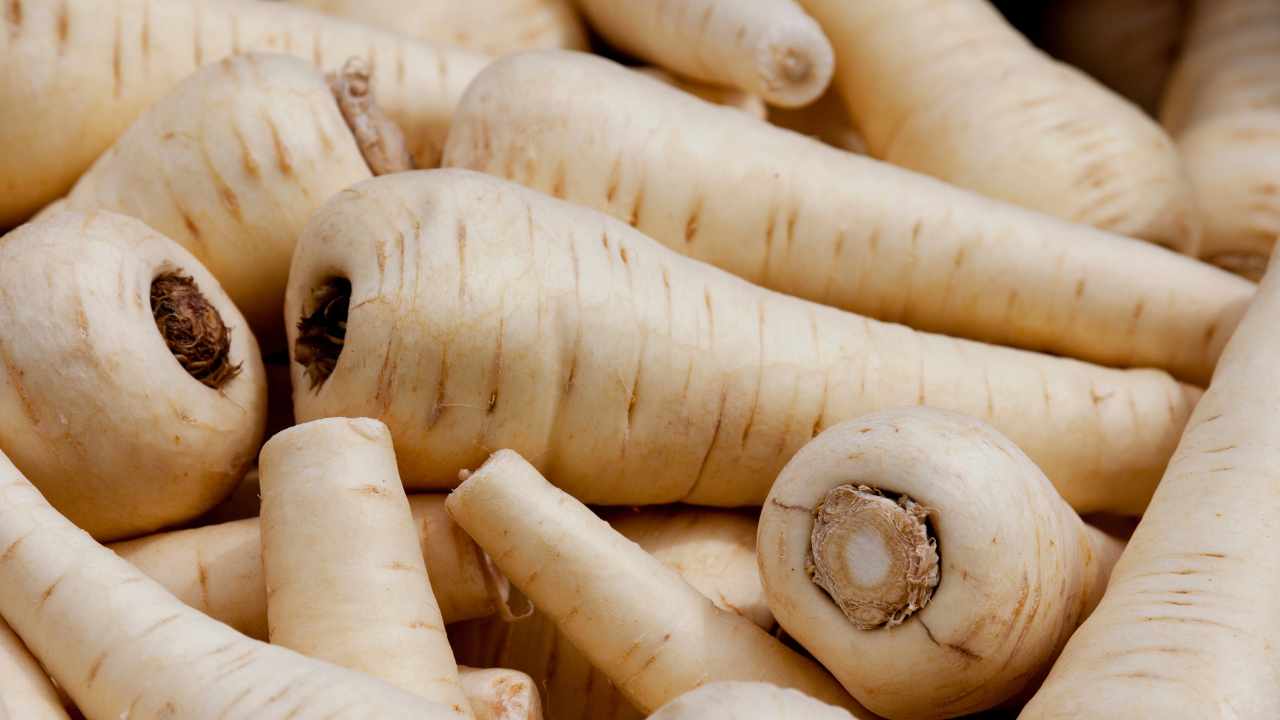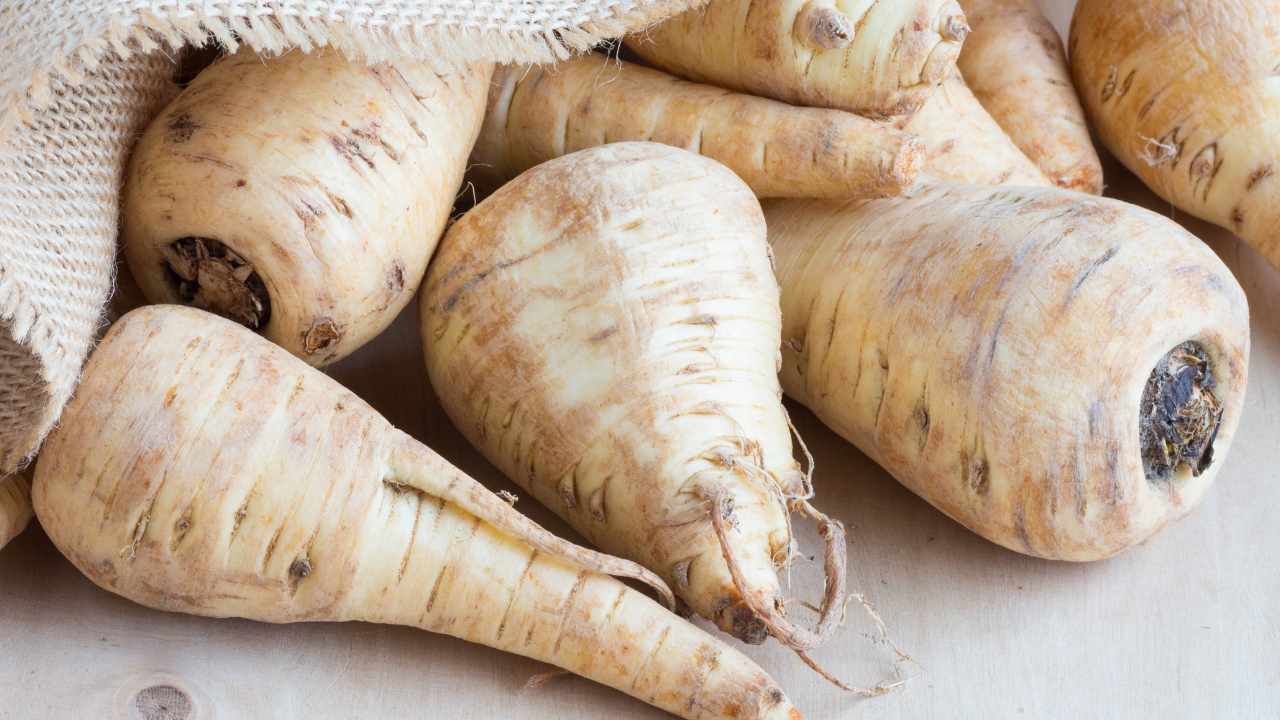It Looks Like a Carrot but It’s Not, Everyone Has Forgotten This Incredible Tuber
If you’ve encountered a pale carrot-like vegetable, it’s not a mutated carrot but a parsnip. Often overlooked, parsnips have a slightly acidic and intense flavor that boasts enormous benefits for the body. They are used in various traditional recipes, and their distinct taste is appreciated in different cuisines.

The parsnip is a tough, hardy biennial herbaceous plant that can be grown in poor, cold soils. It can be cultivated in vegetable gardens or growing spontaneously along field edges. The root of the parsnip is particularly rich in health-benefiting nutrients.
The root itself is the edible part of this plant and is white and fleshy, similar to a giant carrot. This root is rich in vitamins, minerals, and dietary fiber. Additionally, it boasts antioxidants like flavonoids, beta-carotene, and polyphenols.
The beneficial properties of parsnip
Parsnip offers several health benefits, including improved digestion due to its high dietary fiber content, preventing issues like constipation. It proves beneficial for individuals with diabetes, helping regulate blood sugar levels. With diuretic properties, it stimulates urine production, aiding in the elimination of toxins from the body. Additionally, its nutrient-rich, low-calorie nature makes it supportive of weight loss efforts.

In the realm of calories, parsnip is a favorable choice, ranging between 60 and 70 calories per 100 grams, depending on the variety. Its versatile uses include seasoning for fettuccine, enhancing soups, serving as a side dish, contributing to salads, or featuring in sauces. Its distinct flavor, characterized by a hint of harshness, can be mitigated through cooking or complemented by tomato sauce or soy sauce.





